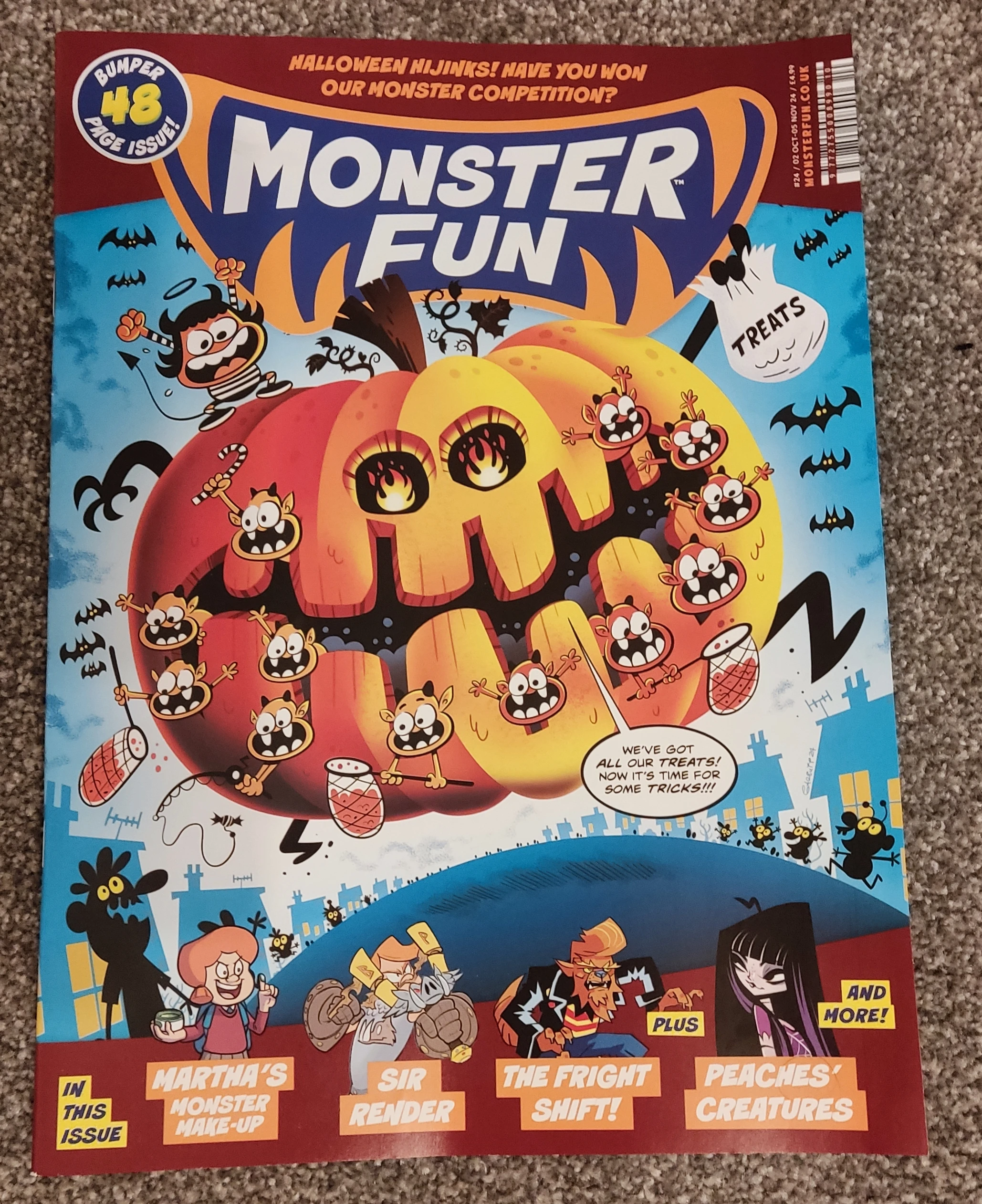Editor’s note: This story contains content that readers may find disturbing, including graphic allegations of sexual assault.
...
This past July, a British podcast produced by Tortoise Media broke the news that two women had accused Gaiman of sexual assault. Since then, more women have shared allegations of assault, coercion, and abuse. The podcast, Master, reported by Paul Caruana Galizia and Rachel Johnson, tells the stories of five of them. (Gaiman’s perspective on these relationships, including with Pavlovich, is that they were entirely consensual.) I spoke with four of those women along with four others whose stories share elements with theirs. I also reviewed contemporaneous diary entries, texts and emails with friends, messages between Gaiman and the women, and police correspondence. Most of the women were in their 20s when they met Gaiman. The youngest was 18. Two of them worked for him. Five were his fans. With one exception, an allegation of forcible kissing from 1986, when Gaiman was in his mid-20s, the stories take place when Gaiman was in his 40s or older, a period in which he lived among the U.S., the U.K., and New Zealand. By then, he had a reputation as an outspoken champion of women. “Gaiman insists on telling the stories of people who are traditionally marginalized, missing, or silenced in literature,” wrote Tara Prescott-Johnson in the essay collection Feminism in the Worlds of Neil Gaiman. Although his books abounded with stories of men torturing, raping, and murdering women, this was largely perceived as evidence of his empathy.
...
If you know nothing about BDSM, Gaiman’s claim that he was engaging in it with these women may sound plausible, at least in some cases. The kind of domineering violence he inflicted on them is common among people who practice BDSM, and all of the women, at some point, played along, calling him their master, texting him afterward that they needed him, even writing that they loved and missed him. But there is a crucial difference between BDSM and what Gaiman was doing. An acronym for “bondage and discipline, dominance and submission, and sadism and masochism,” BDSM is a culture with a set of long-standing norms, the most important of which is that all parties must eagerly and clearly consent to the overall dynamic as well as to each act before they engage in it. This, as many practitioners, including sex educators like Dossie Easton and Janet W. Hardy who wrote some of the defining texts of the subculture, have stressed over decades, is the defining line that separates BDSM from abuse. And it was a line that Gaiman, according to the women, did not respect. Two of the women, who have never spoken to each other, compared him to an anglerfish, the deep-sea predator that uses a bulb of bioluminescence to lure prey into its jaws. “Instead of a light,” one says, “he would dangle a floppy-haired, soft-spoken British guy.”
Archive - warning: it's tough going
